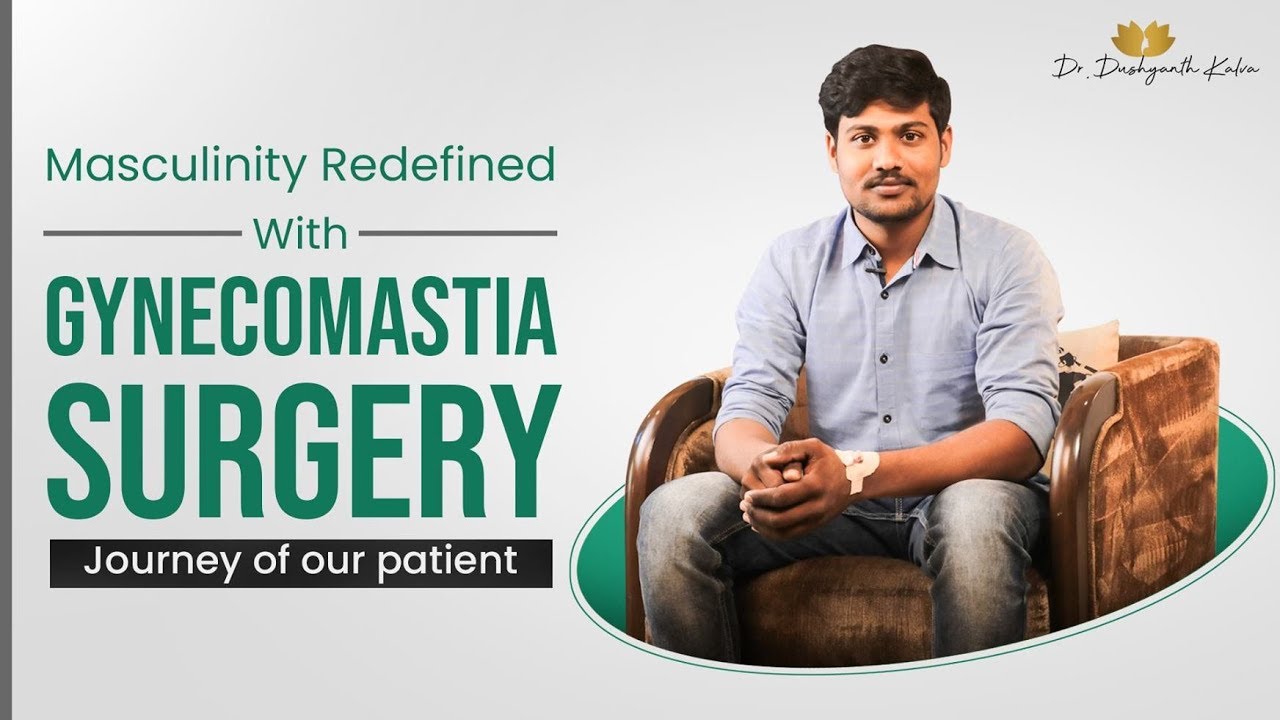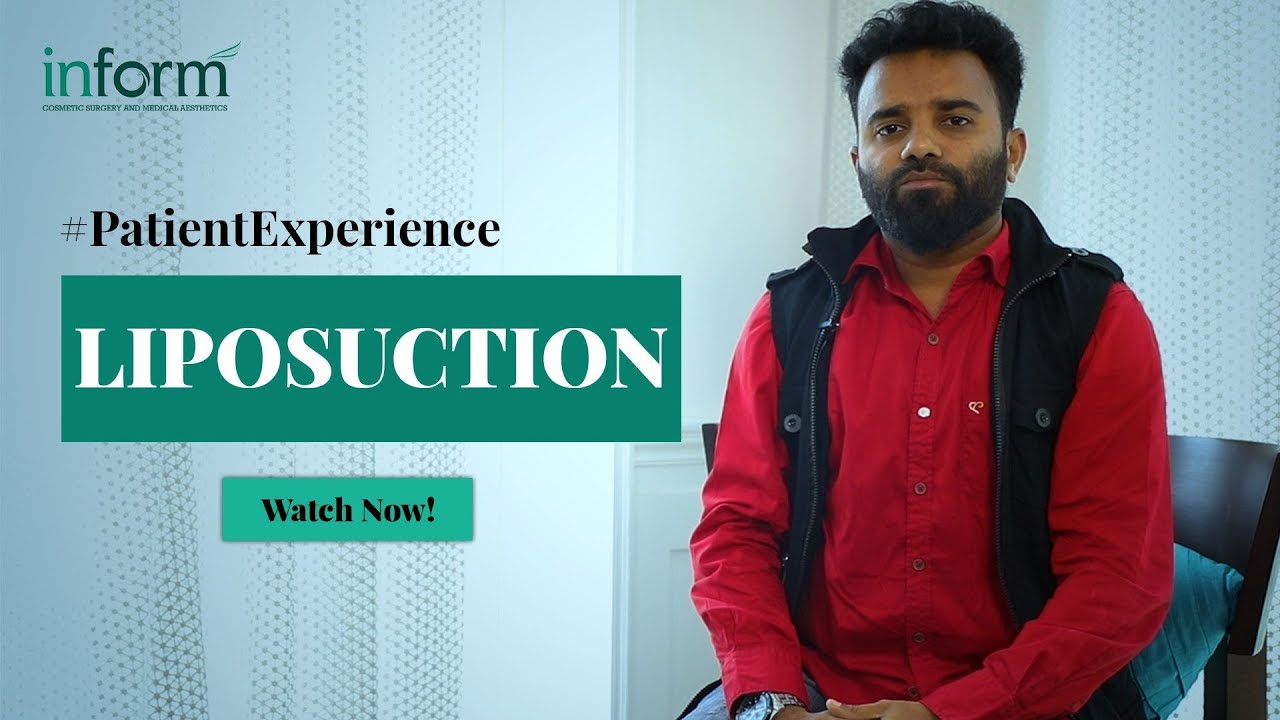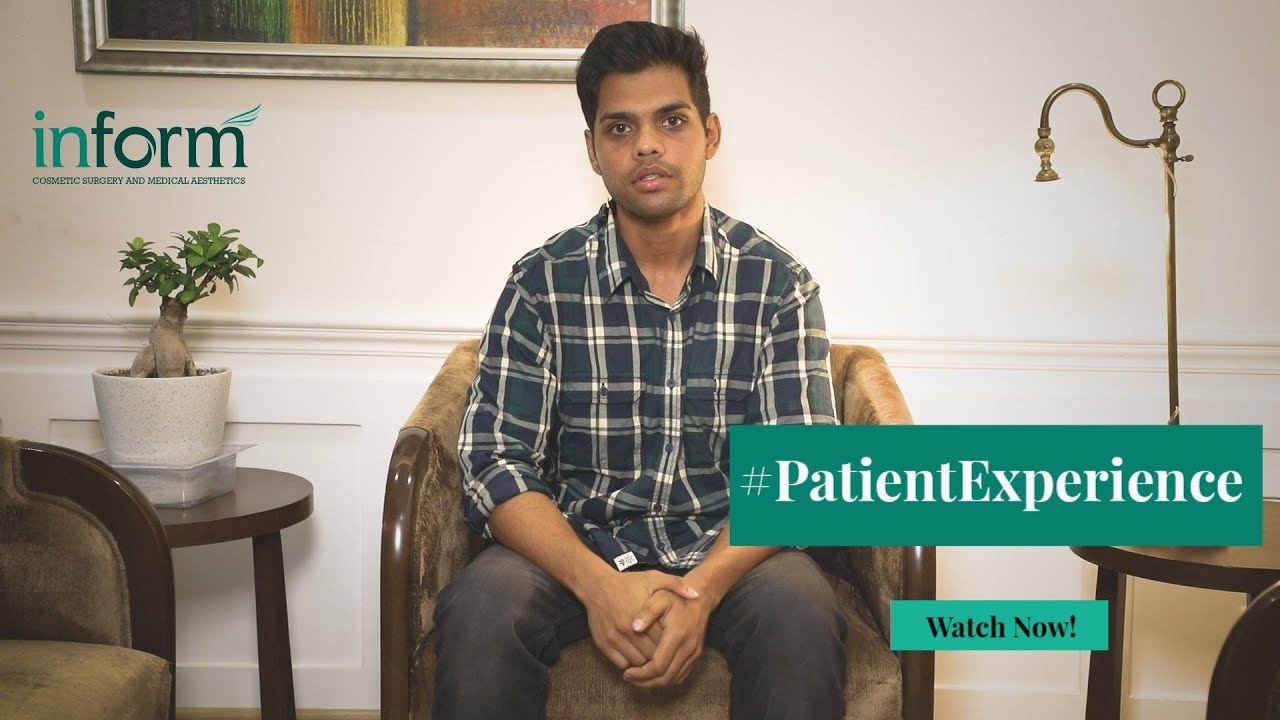Gynecomastia Surgeon in Hyderabad
After receiving his MS in General Surgery, Dr. Dushyanth Kalva obtained a residency (M.Ch.) in the Plastic and Reconstructive Surgery depart ment at the prestigious NIMS (Nizams Institute of Medical Sciences, Hyderabad).With a stellar reputation that precedes him, Dr. Dushyanth Kalva brings a wealth of experience and an impeccable track record to the field of gynecomastia surgery. His surgical finesse is matched only by his empathetic approach, ensuring that each patient's journey is not merely a procedure but a personalized experience tailored to their unique needs.
Beyond his surgical prowess, Dr. Dushyanth Kalva is celebrated for his dedication to staying at the forefront of advancements in the field. His commitment to using cutting-edge techniques and state-of-the-art technology reflects his unwavering pursuit of providing patients with the safest and most effective solutions.
Patients consistently laud Dr. Dushyanth Kalva for his ability to instill confidence through his transformative work. His holistic approach considers not only the physical aspects but also the emotional well-being of his patients, fostering a sense of trust that goes beyond the operating room.
To learn more, schedule a visit today!







